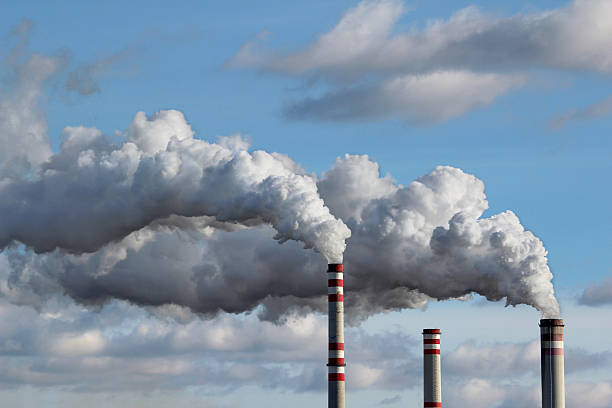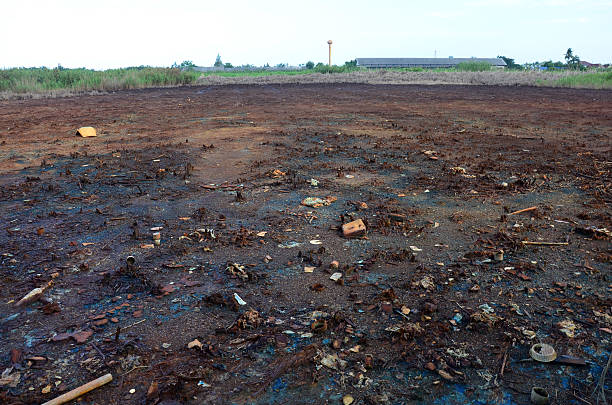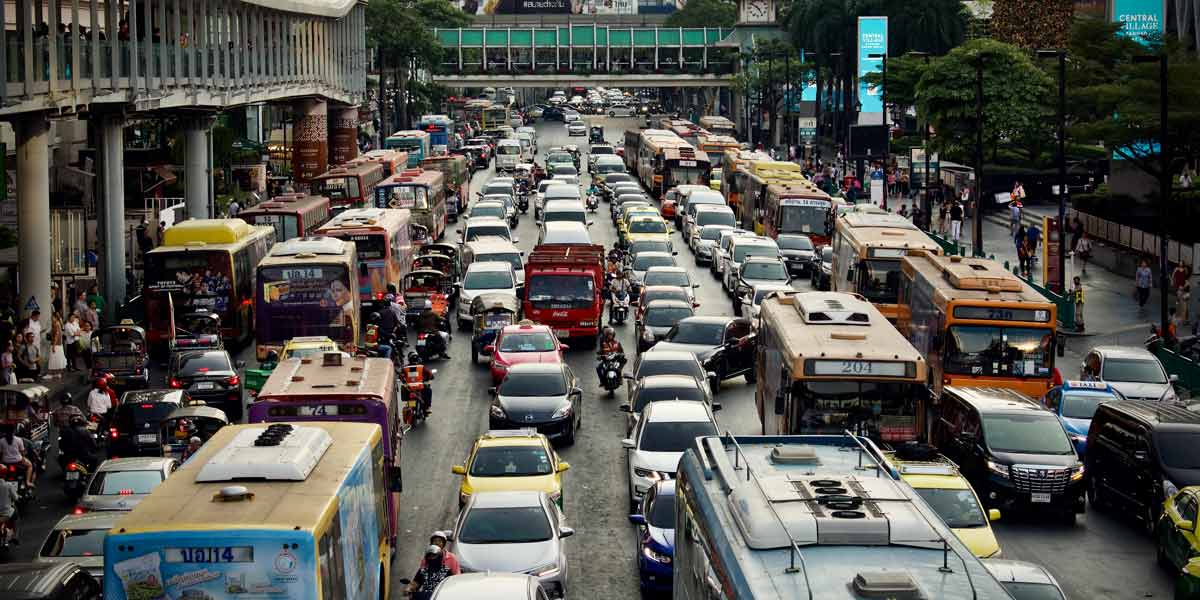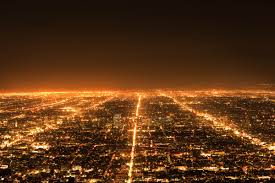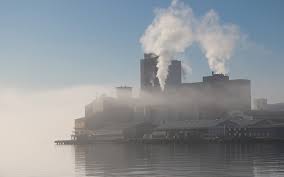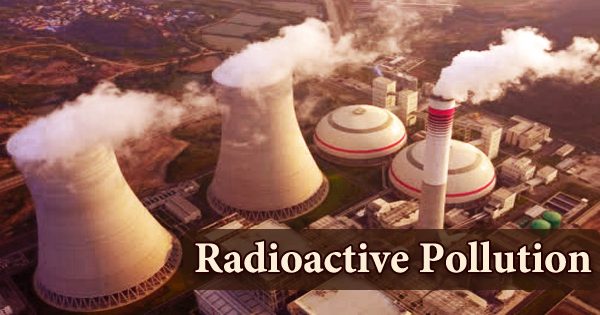ENVIRONMENTAL POLLUTION
Whatis environmental pollution ?
Environmental pollution can be define as the introduction of harmful substances or
contaminants into the natural environment,
causing adverse effects on ecosystems, human health, and the planet.
TYPES OF ENVIRONMENTAL POLLUTION
-
Air Pollution: Contamination of the air by harmful gases and particulate matter from sources like vehicles and industries.
-
Water Pollution: Introduction of harmful substances such as chemicals, heavy metals, and plastics into water bodies, affecting aquatic life and human health.
-
Soil Pollution: Degradation of soil quality due to the presence of toxic chemicals and waste materials.
-
Noise Pollution: Excessive and disruptive noise that disturbs human activities and wildlife.
-
Light Pollution: Over-illumination from artificial sources that affects natural ecosystems and human well-being.
-
Thermal Pollution: Release of excess heat into water bodies, altering aquatic ecosystems and endangering species.
-
Radioactive Pollution: Contamination of the environment with radioactive substances, posing health risks to living organisms.
-
Plastic Pollution: Accumulation of plastic waste in the environment, particularly in oceans, harming marine life and ecosystems.
CAUSES OF SOIL POLLUTION
-
Dumping industrial, household, or chemical waste improperly can pollute the soil.
-
Excessive use of chemicals in farming can contaminate the soil.
-
Removing trees leads to soil erosion and loss of nutrients.
-
Factories release harmful substances that can seep into the soil.
-
Mining activities can release toxic materials that pollute the soil.
-
Building cities and roads often leads to soil contamination from construction waste.
-
Improperly treated sewage can pollute the soil with harmful bacteria and chemicals.
-
Improper disposal of plastics causes long-term soil contamination.
CAUSES OF AIR POLLUTION
-
Factories release harmful gases and particles into the air.
-
Cars, buses, and trucks emit smoke and harmful chemicals.
-
Burning coal, oil, and natural gas releases pollutants.
-
Pesticides, fertilizers, and livestock emissions contribute to air pollution.
-
Burning of solid waste, including plastics, releases toxic fumes.
-
Cutting down trees reduces the ability to absorb carbon dioxide, leading to pollution.
CAUSES OF WATER POLLUTION
-
Factories release toxic chemicals and waste into rivers and oceans.
-
Untreated sewage and wastewater pollute water bodies.
-
Fertilizers and pesticides from farms wash into water sources.
-
Accidental release of oil into oceans harms water quality.
-
Improper disposal of plastics leads to water contamination.
-
Mining releases toxic chemicals that pollute rivers and lakes.
CONSEQUENCES OF POLLUTION
-
Air pollution causes diseases like asthma, bronchitis, and lung cancer.
-
Contaminated water leads to illnesses like cholera and dysentery.
-
Polluted soil and water can result in toxic crops and seafood.
-
Greenhouse gases cause global warming.
-
Pollutants like sulfur dioxide and nitrogen oxides mix with rain, damaging forests and water bodies.
-
Certain chemicals reduce the ozone layer, increasing UV radiation.
-
Contamination makes water unsafe for drinking and irrigation.

